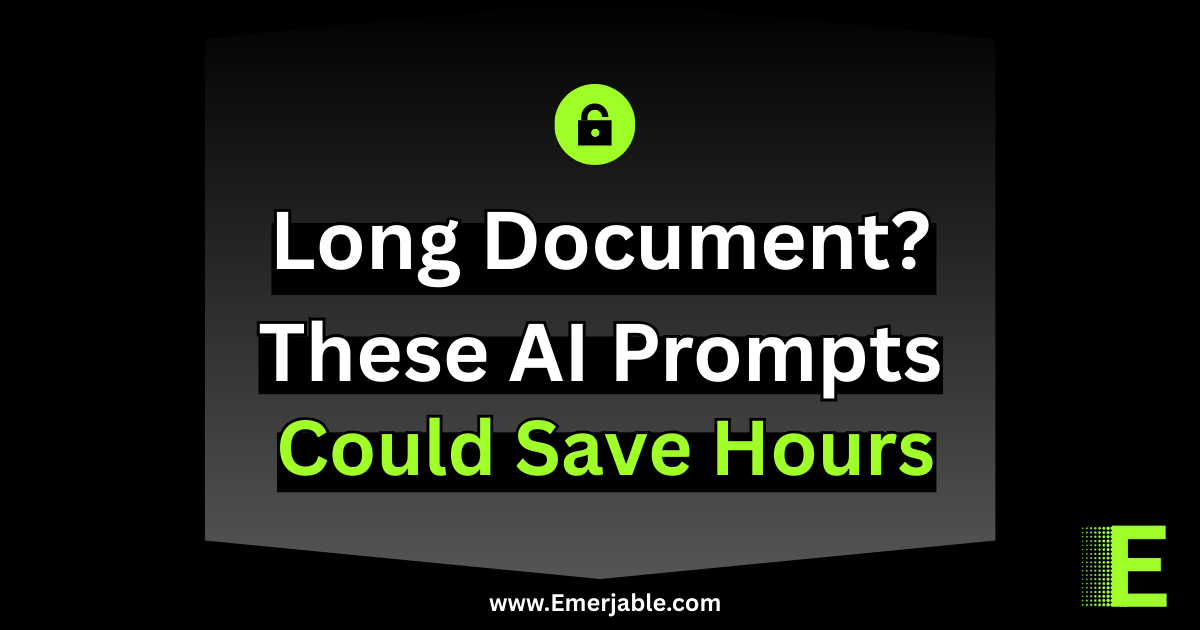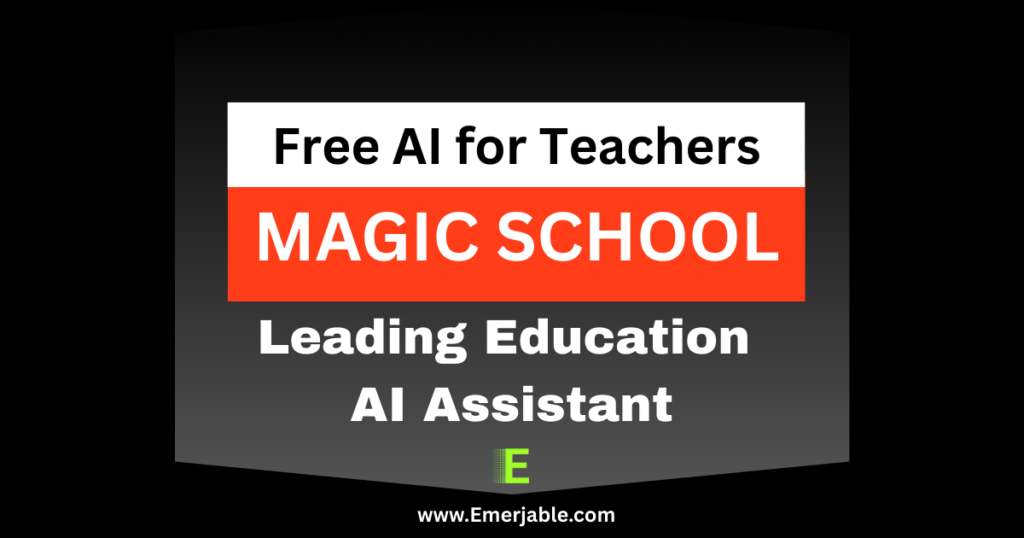In today’s fast-paced digital world, we’re drowning in information but starving for clarity. LLM Prompts can solve it for us.
Whether it’s lengthy reports, research papers, legal contracts, or meeting transcripts—reading everything in full simply isn’t feasible.
This is where Large Language Models (LLMs) come in. When paired with the right prompts, LLMs like ChatGPT, Claude, and Gemini can distill massive blocks of text into concise, insightful summaries that retain context and critical meaning.
But the secret to getting high-quality summaries isn’t just the AI itself—it’s how you prompt it.
🧠 Understanding the Role of Prompts in LLM-Based Summarization
At their core, LLMs respond to instructions. A poorly crafted prompt leads to vague, generic summaries. A well-designed prompt, on the other hand, produces clarity, structure, and relevance.
Effective summarization prompts help the LLM:
- Identify main ideas and eliminate fluff
- Maintain fidelity to the original tone and purpose
- Organize thoughts in a digestible format (bullet points, sections, key takeaways)
Let’s explore how to do this right.
✍️ Basic vs. Advanced Summarization Prompts
🔹 Basic Prompt Example
“Summarize the following document.”
✅ This works for general purposes, but lacks guidance. It often leads to overly short or broad summaries.
🔹 Improved Prompt Template
“Read the following text and generate a concise summary in 5–7 bullet points, focusing on the key arguments, data, and conclusions. Write in clear, professional language suitable for executives.”
✅ Adds structure, purpose, and tone — better results.
🧰 LLM Prompt Templates That Actually Work
📄 1. Executive Summary Prompt
Use Case: Condensing reports or whitepapers
“Summarize the key takeaways from the following report. Include the purpose, main findings, and recommendations. Write in the tone of a formal executive summary.”
✅ Ideal for: Internal briefings, presentations, investor memos
📊 2. Bullet-Point Breakdown Prompt
Use Case: Simplifying dense or technical content
“Break the following content into 7–10 bullet points. Each point should reflect a major insight or data point. Write clearly and concisely for a general audience.”
✅ Ideal for: Research summaries, technical overviews
📚 3. Chapter-by-Chapter Summary Prompt
Use Case: Long-form documents like eBooks or manuals
“Summarize each chapter in 2–3 sentences. Use headings for each chapter title and include a brief note on tone or themes if relevant.”
✅ Ideal for: Course materials, book briefs
🎯 4. Summary with Actionable Insights
Use Case: Business documents or strategy papers
“Summarize the document with a focus on action items and strategic insights. Use bullet points under ‘Summary’ and ‘Recommendations’ sections.”
✅ Ideal for: Strategic planning, project retrospectives
📋 5. Legal or Policy Summary Prompt
Use Case: Contracts, terms, policies
“Summarize this legal document in plain English. Highlight key obligations, rights, deadlines, and risks. Avoid legal jargon unless necessary.”
✅ Ideal for: Non-lawyers needing clarity on legal documents
🧪 Best Practices for Summarization with LLMs
✅ 1. Be Specific with Structure
Ask for formats: bullet points, numbered lists, executive summaries, etc. This helps LLMs organize output logically.
✅ 2. Set a Target Audience
Clarify if the summary is for an expert, a client, an executive, or a general reader. The tone will shift accordingly.
✅ 3. Limit Output Length
Guide the model: “Keep summary under 300 words” or “use no more than 10 bullets.”
✅ 4. Use Follow-Up Prompts
You can refine the output with follow-ups like:
- “Rewrite more formally.”
- “Add examples to each bullet.”
- “Separate pros and cons.”
🤖 Recommended AI Tools for Document Summarization
| Tool | Strengths | Ideal For |
|---|---|---|
| ChatGPT | Highly customizable with precise prompts | All-purpose document summaries |
| Claude | Excels at long-context understanding | Long PDFs, legal and policy docs |
| Jasper | Templates for marketing/business reports | Business teams, marketers |
| Scribbr AI | Academic-friendly summaries with citations | Students and researchers |
| Quillbot | Simple summaries + rewording tools | Quick simplifications |
📌 Use Case Scenarios Across Industries
🧑⚖️ Legal:
Summarize 20-page contracts for client overview decks.
🏥 Healthcare:
Digest clinical studies into physician- or patient-friendly briefs.
🧑🎓 Education:
Convert textbook chapters into quick-reference study notes.
💼 Enterprise:
Generate project update summaries for busy stakeholders.
📚 Publishing:
Create TL;DRs for articles, reports, or whitepapers.
🧩 Final Thoughts: Summarization Is a Superpower—If You Prompt Right (LLM Prompts)
AI summarization can save you hours, increase productivity, and surface insights you might otherwise miss. But the real magic isn’t in the model—it’s in the prompt.
When you pair LLMs with effective summarization prompts tailored to purpose, format, and audience, you transform AI from a novelty into a powerful knowledge tool.
Want to Go Deeper?
Explore more on:
- The Ultimate Guide to LLM Prompting
- What Exactly Are AI Prompts? A Simple Explanation for Everyone
- Understanding the Basic Structure of Effective LLM Prompts
- LLM Prompts for Beginners: Your First Steps to AI Text Generation
- The Secret to Writing Effective LLM Prompts for Engaging Blog Posts
- Boost Your Social Media: Proven LLM Prompts for High-Impact Content
- Crafting Compelling Emails with AI: Effective LLM Prompt Strategies
- Unleash Your Creativity: Mastering LLM Prompts for Story Writing
- Generate High-Converting Product Descriptions with These LLM Prompts



